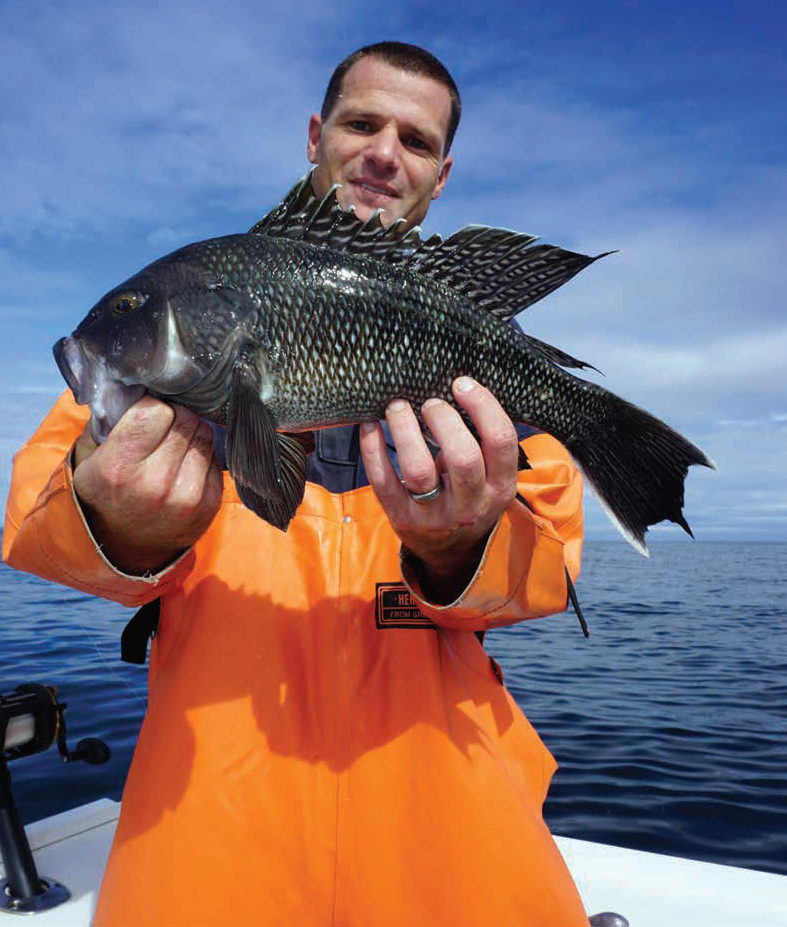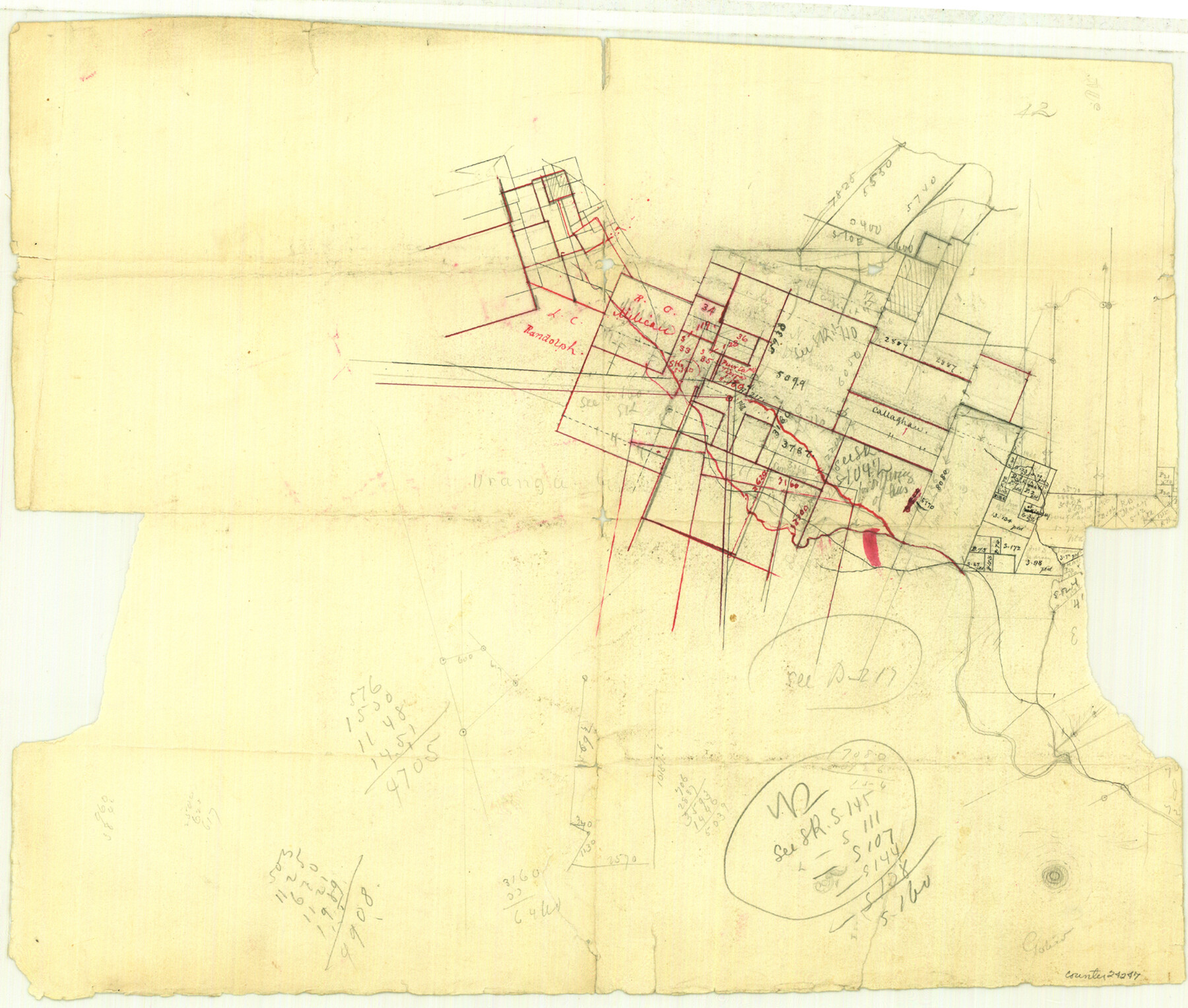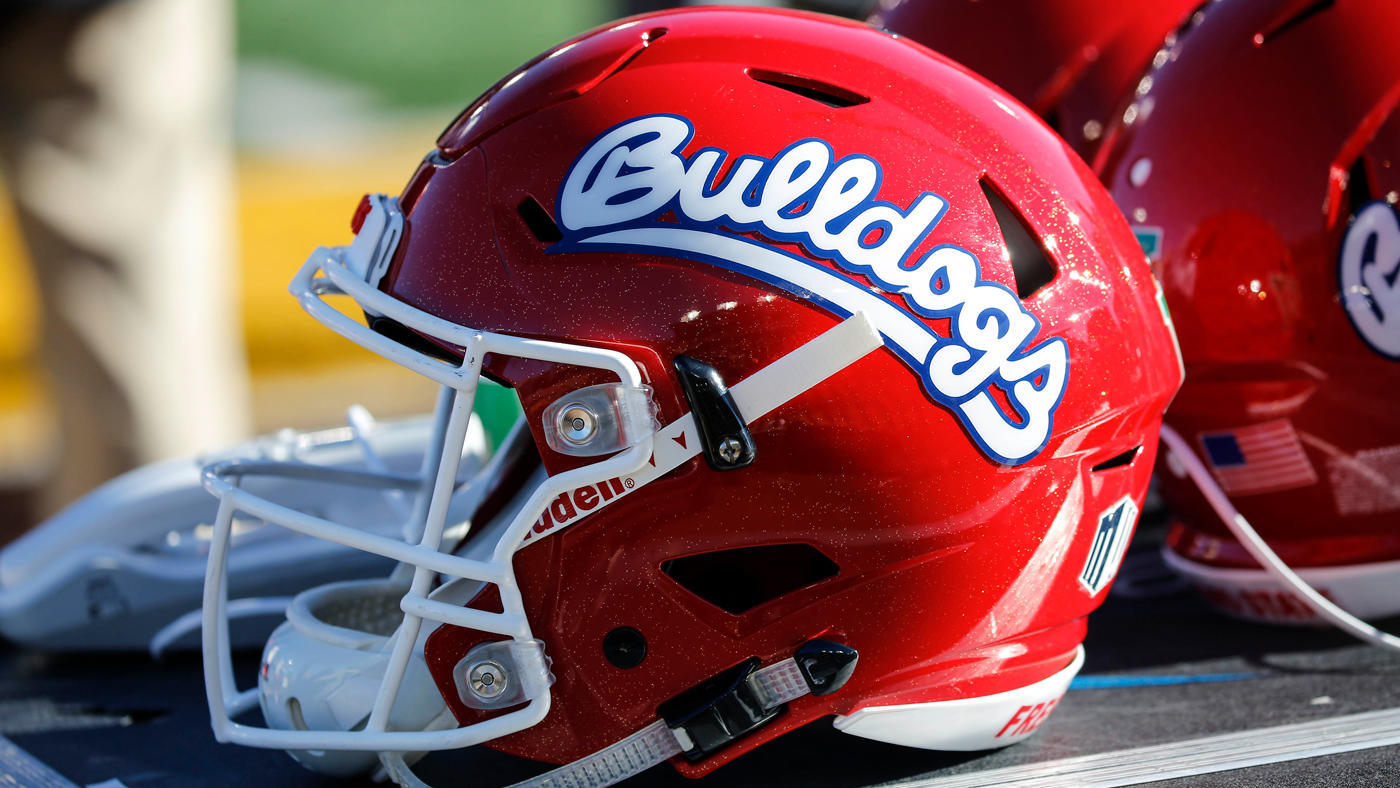Report on Bycatch in the Louisiana Menhaden Fishery and Alignment with Sustainable Development Goals
Executive Summary
A July 8, 2024, report presented to the Louisiana Wildlife and Fisheries Commission details the findings of a comprehensive study on bycatch in the state’s menhaden purse seine fishery. Conducted by LGL Ecological Research Associates, the study provides critical data demonstrating the fishery’s alignment with state regulations and key United Nations Sustainable Development Goals (SDGs), particularly SDG 14 (Life Below Water). The findings indicate that the fishery’s bycatch levels are below legal limits and that the industry is proactively adopting technological advancements to further minimize its environmental impact, supporting both ecological health and economic stability.
Key Findings of the 2024 Bycatch Study
The study, funded by a $1 million state appropriation, represents the most detailed assessment of bycatch in the history of the Gulf menhaden fishery. Key quantitative findings include:
- Overall Bycatch Rate: Non-target fish species comprised 3.59% of the catch by weight, which is below the state-mandated maximum of 5%.
- Red Drum Impact: The capture of red drum as bycatch accounted for an estimated 3.4% of the species’ total mortality within the state.
- Total Red Drum Mortality: The study calculated a total mortality of 30,142 red drum from the fishery in 2024. This contrasts with recreational fishing, which is responsible for 96.6% of red drum mortality by number.
- Other Species: Large numbers of small Atlantic croaker and sand seatrout were recorded in the retained catch. According to federal and state assessments, these species are not subject to overfishing and are considered short-lived forage fish with high natural mortality.
Alignment with SDG 14: Life Below Water
The study’s results provide strong evidence of the fishery’s contribution to the sustainable use of marine resources, directly addressing targets within SDG 14.
- Target 14.4 (Sustainable Fishing): By operating with a bycatch rate below the regulatory threshold, the fishery demonstrates progress in effectively regulating harvesting to prevent overfishing. The data affirms that the fishery is selective and not a significant threat to red drum populations, aligning with the goal of restoring and maintaining fish stocks at sustainable levels.
- Target 14.2 (Protect Marine Ecosystems): The focus on quantifying and reducing the incidental capture of non-target species like red drum, black drum, and blacktip sharks contributes to the protection of coastal marine ecosystems and the avoidance of significant adverse impacts.
- Target 14.a (Increase Scientific Knowledge): This study is a model of increasing scientific knowledge and research capacity. The detailed, scientifically robust data generated will inform future management decisions and enhance the understanding of fishery impacts, directly supporting this target.
Technological Advancement and Industry Response for SDG 12
The report highlights the critical role of technology in achieving sustainable production patterns, in line with SDG 12 (Responsible Consumption and Production).
- Gear Improvement: The study identified that the design of hose-end cages, a type of bycatch reduction device, significantly improves the survivability of released species.
- Mortality Reduction: It was found that retaining species like red drum in the net and releasing them after pumping significantly reduces mortality. Rollover releases resulted in an 84% survival rate, compared to only 2% for chute releases.
- Proactive Industry Action: In response to these findings, the industry standardized the most effective hose-end cage design across its entire fleet prior to the 2025 fishing season. This swift, science-based action demonstrates a commitment to responsible production and continuous improvement in conservation outcomes.
Socio-Economic Balance and Collaborative Partnerships
SDG 8: Decent Work and Economic Growth
Industry representatives noted that the implementation of these conservation gains was achieved without compromising coastal jobs or economies. This demonstrates an effective balance between environmental stewardship and economic sustainability, a core principle of SDG 8.
SDG 17: Partnerships for the Goals
The study itself is a successful example of a multi-stakeholder partnership. The collaboration involved:
- The Louisiana state Legislature (funding)
- The Gulf States Marine Fisheries Commission (administration)
- LGL Ecological Research Associates Inc. (scientific research)
- The menhaden industry (cooperation and implementation)
This public-private partnership model is essential for achieving the SDGs by leveraging combined resources and expertise to generate and apply critical scientific data for sustainable management.
1. Which SDGs are addressed or connected to the issues highlighted in the article?
SDG 14: Life Below Water
- The article’s central theme is the study of bycatch in the Louisiana menhaden fishery. This directly relates to the conservation and sustainable use of marine resources. The study aims to understand and mitigate the impact of fishing on non-target species like red drum, sharks, and others, which is a core component of protecting life below water.
SDG 12: Responsible Consumption and Production
- The article discusses efforts to make the menhaden fishery more sustainable by reducing bycatch. This aligns with ensuring sustainable production patterns. The adoption of new gear (“hose-end cages”) to reduce waste (unwanted bycatch) and improve the efficiency of resource use is a clear example of promoting responsible production practices within the fishing industry.
SDG 8: Decent Work and Economic Growth
- The article implicitly connects sustainable fishing practices to the economy. A spokesperson is quoted saying the findings should be used to make decisions “without compromising coastal jobs or economies.” This highlights the link between environmentally sustainable practices (reducing bycatch) and sustaining the economic viability of the fishery and the jobs it supports.
2. What specific targets under those SDGs can be identified based on the article’s content?
SDG 14: Life Below Water
- Target 14.4: By 2020, effectively regulate harvesting and end overfishing, illegal, unreported and unregulated fishing and destructive fishing practices and implement science-based management plans.
- The article is entirely focused on a science-based study (“the most detailed assessment of bycatch in the history of the Gulf menhaden fishery”) intended to inform “future regulatory decisions.” The study’s findings on bycatch levels and the industry’s subsequent adoption of improved gear are direct actions toward implementing science-based management to make fishing practices less destructive.
- Target 14.2: By 2020, sustainably manage and protect marine and coastal ecosystems to avoid significant adverse impacts.
- The effort to reduce the mortality of non-target species such as red drum, black drum, and blacktip sharks is a direct action to protect the marine ecosystem from the adverse impacts of fishing. The study quantifies the impact and identifies methods to reduce it, such as improved release techniques and new gear.
- Target 14.a: Increase scientific knowledge, develop research capacity and transfer marine technology… in order to improve ocean health.
- The article highlights a “$1 million appropriation” for the study, representing an investment in increasing scientific knowledge. It describes the study as a “major breakthrough” in research methodology. Furthermore, the finding that a specific “hose-end cage design was found to significantly improve survivability” and its subsequent adoption by the entire fleet is a clear example of developing and transferring marine technology to improve conservation outcomes.
SDG 12: Responsible Consumption and Production
- Target 12.2: By 2030, achieve the sustainable management and efficient use of natural resources.
- The focus on reducing bycatch is an effort to improve the efficient use of marine natural resources. By minimizing the capture and mortality of non-target species, the fishery is moving towards a more sustainable management model where the primary resource (menhaden) is harvested with less collateral waste and damage to the broader ecosystem.
3. Are there any indicators mentioned or implied in the article that can be used to measure progress towards the identified targets?
Indicators for SDG 14 Targets
- Indicator for Target 14.4 (Proportion of fish stocks within biologically sustainable levels):
- The article states that the menhaden fishery is “sustainable” and that other bycatch species like Atlantic croaker and sand seatrout are “not subject to overfishing according to federal and state stock assessments.” This directly implies that these stocks are considered to be at biologically sustainable levels.
- Custom/Proxy Indicators for Bycatch Reduction (related to Targets 14.4 and 14.2):
- Bycatch Percentage: The study found that “non-target fish species comprised 3.59 percent by weight,” which is below the state’s 5 percent limit. This percentage is a direct indicator of the selectivity of the fishery.
- Species-Specific Mortality Rate: The report calculated that bycatch accounts for “3.4 percent of red drum mortality in the state.” This is a specific indicator of the fishery’s impact on a key recreational species.
- Absolute Mortality Number: The study estimated the “total red drum mortality across the entire fishery in 2024 was 30,142 fish.” This absolute number can be tracked over time to measure progress.
- Survival Rates from Gear/Methods: The study provided data on survival rates for different release methods, noting “84 percent surviving after rollover and only 2 percent surviving chute release.” This indicates the effectiveness of different conservation actions.
- Indicator for Target 14.a (Investment in research and technology):
- Research Funding: The article mentions the study was “funded with a $1 million appropriation,” which serves as a direct indicator of investment in marine research.
- Technology Adoption: The statement that the “most effective design was standardized across the entire fleet for the 2025 season” is an indicator of the successful transfer and implementation of new marine technology.
4. Create a table with three columns titled ‘SDGs, Targets and Indicators” to present the findings from analyzing the article. In this table, list the Sustainable Development Goals (SDGs), their corresponding targets, and the specific indicators identified in the article.
| SDGs | Targets | Indicators Identified in the Article |
|---|---|---|
| SDG 14: Life Below Water | 14.4: Effectively regulate harvesting and end destructive fishing practices through science-based management. |
|
| SDG 14: Life Below Water | 14.2: Sustainably manage and protect marine and coastal ecosystems to avoid significant adverse impacts. |
|
| SDG 14: Life Below Water | 14.a: Increase scientific knowledge and develop/transfer marine technology. |
|
| SDG 12: Responsible Consumption and Production | 12.2: Achieve the sustainable management and efficient use of natural resources. |
|
| SDG 8: Decent Work and Economic Growth | 8.4: Improve resource efficiency in consumption and production and endeavour to decouple economic growth from environmental degradation. |
|
Source: nationalfisherman.com







